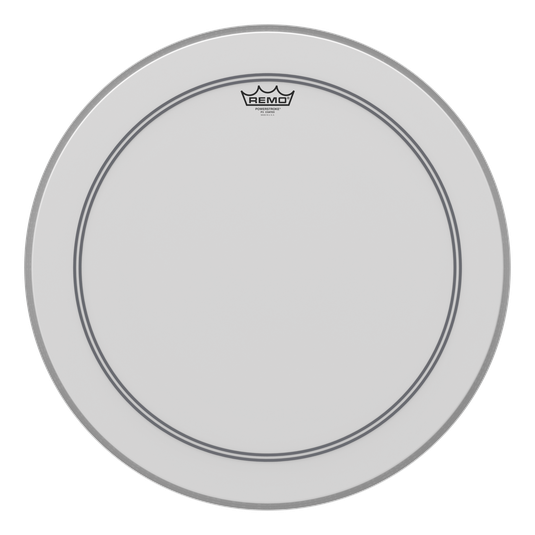From The June 2017 Issue of DRUM! Magazine | By Steve La Cerra
Stepping into a recording studio for the first time can be an intimidating experience. Even if you’re familiar with some of the gear from recording at home, there’s pressure from the fact that the clock is ticking, you’re working in an unfamiliar environment, and there will likely be other musicians involved. Everything you do is magnified in the recording studio, so it makes sense to be prepared and know the best drum heads as thoroughly as possible.
You’ll already be thinking about song arrangements, tempos, time signatures, and feel — so the last thing you need to worry about is your gear. There’s a lot you can do to make sure your kit is ready to record, making these preparations for recording will then allow you to concentrate on making music.
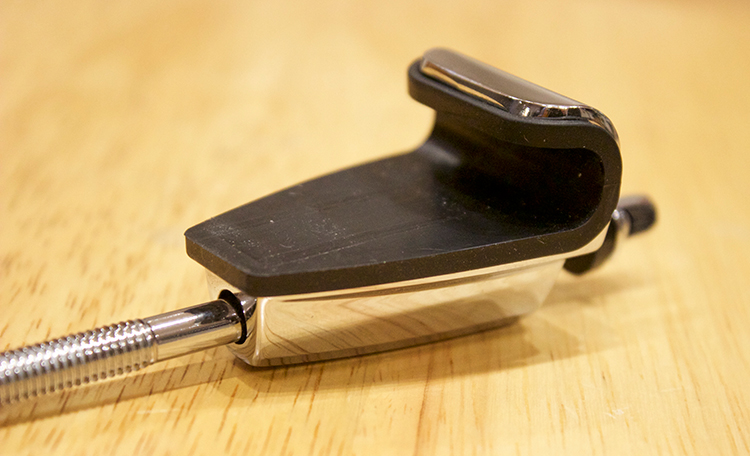
FIG. 1 – Bass drum claw lined with rubber
How To Prepare Your Drum Set For The Recording Studio
Choose Your Weapons Carefully
These days drum manufacturers pay a lot of attention to detail when it comes to making their drums recording-studio friendly, and solving some of the issues that used to plague session drummers in the past. For example, loose bass drum claws can buzz or rattle owing to vibration.
Some manufacturers have addressed this issue by lining the interior of the claw (the part that makes contact with the hoop) with rubber (Fig. 1). Ditto for rubber or plastic gaskets that sit between the lug casing and the shell (Fig. 2), and the elimination of a spring inside the lug casing to keep the retaining nut in place. Some of the prep work may already be done for you, before you even think about it.
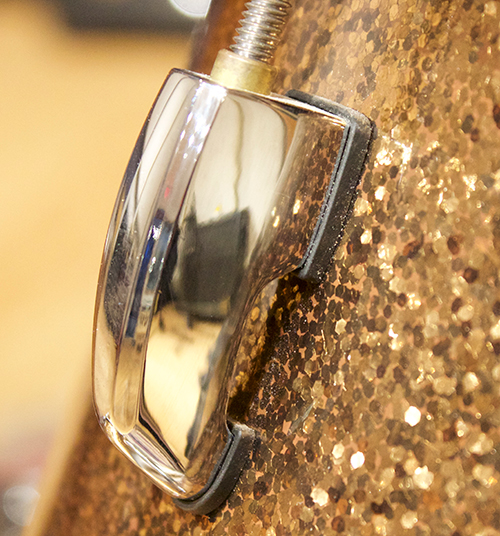
FIG. 2 – Rubber gasket between lug and shell
We’re going to take this up a notch starting with the lug casings, and it’s not going to cost more than a few dollars to treat your entire kit. Regardless of whether or not the lugs on your kit use springs to keep the retaining nuts in position, loose lug components can be a source of noise.
A simple solution is to pack the inside of the casings with cotton or felt. If the manufacturer has installed felt between the casing and the spring, finish off the job and fill the remaining space (Fig. 3).
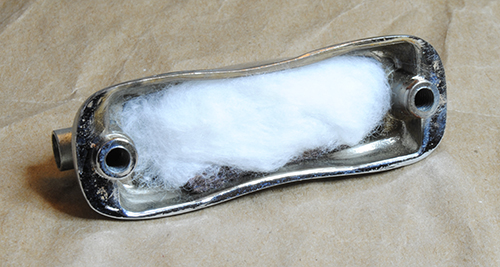
FIG. 3 – Packing lug casings with cotton reduces noise.
While you’re at it, examine any other hardware attached to the shells. Bass drum mounting plates, tom brackets, and floor tom leg holders should also be packed where possible. If your budget permits, consider adding suspension mounts for the toms, which can dramatically reduce the amount of noise that would otherwise be generated by metal-on-metal contact. Adding a plastic washer to the tension rod between the metal washer and the hoop will ensure that the washer and hoop don’t rattle (Fig. 4).
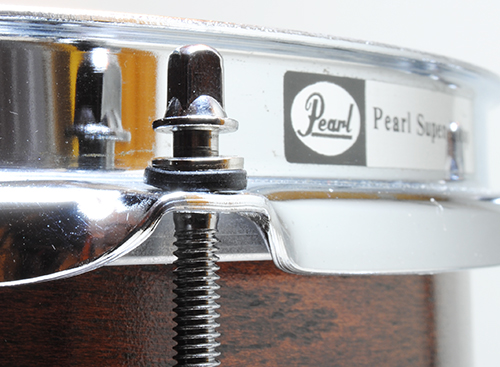
FIG. 4 – Nylon washer between hoop and metal tension rod washer helps prevent rattles
We’re going to discuss heads in a moment, but before we go there, we need to talk about the shells’ bearing edges. The bearing edge is the thin part of the shell where it makes contact with the head. Tuning becomes more difficult if the bearing edge has gaps or gouges, so take a close look at all bearing edges for visible damage. Run your finger along the edge. It should feel consistently smooth around the circumference. Gaps or gouges can be evened out with wood filler, then lightly sanded.
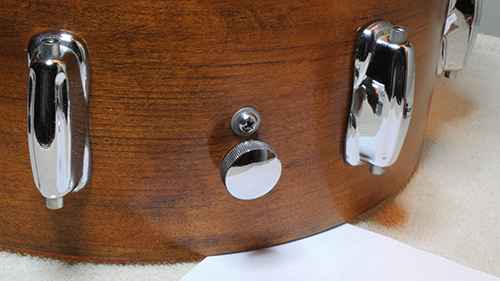
FIG. 5 – This bearing edge is not “true” and allows a sheet of paper to easily slip between the edge and a piece of glass.
A more accurate evaluation of the bearing edge can be made by placing the shell on a really flat surface, such as a piece of glass or marble countertop. The drum shouldn’t wobble. Observe how the bearing edge sits on the surface. There should be no gaps between the edge and surface. If you have any doubts, shine a flashlight at the edge from the inside of the shell.
Light leaking between the edge and the glass indicates an edge that’s not true (see note about snare beds below). This is easier to see on a countertop than on a piece of glass, and there may be a bit of light shining through even if the edge is true. If you have any suspicion that the surface is not super-flat, rotate the shell and see if the gap follows the shell. If you consistently see a gap in the same place on the surface, be suspicious of the surface, not the edge. You can also use a level to check the flatness of the surface.
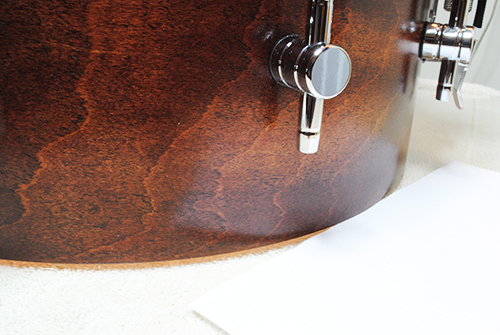
FIG. 6 – The bearing edge on this drum is true. The paper cannot slip between the edge and the glass.
Use a piece of plain old printer paper or a thin business card to check for gaps between the edge and the flat surface (Fig. 5). Place the paper flat on the surface and push it toward the shell. The edge should stop the paper from slipping inside the shell (Fig. 6).
Snare drum shells usually have “beds” cut into the bottom bearing edge — gentle depressions under the throw and butt that allow the snare cord or tape to pull the snares tight against the bottom head so that they don’t buzz (Fig. 7).
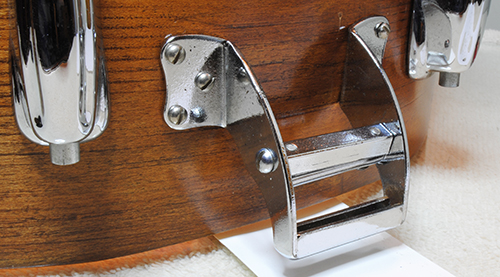
FIG. 7 – The depression in this bearing edge under the bridge is a “snare bed,” and allows the snare to make proper contact with the bottom head.
You may be surprised at the lack of “trueness” of your drum shells, but don’t flip out. Many drums have an edge that’s a hair high or low in a spot, but the drum will tune fairly well anyway. When one area of the head requires much more tension compared to the rest, be suspect of the edge.
At worst, you can have the edges re-cut — a task best left for pros, so I’d recommend against doing it yourself. As a note for the future, keeping both heads on a drum helps protect the bearing edge from damage due to exposure. While the hoops are removed, place a head on the drum and try rotating the head.
It should turn freely, giving you an idea whether the drum is in round or not — though there’s probably little you can do to fix it. (Keep in mind that you may occasionally run into a head that is defective and not perfectly round).
Use Your Head(s)
Have an idea of the sort of drum sound you’re after and see if you can get information on how that sound was created. You don’t need to be proficient at the recording engineer’s job, but it can be very helpful to be able to say, “I’d like my drums to sound like so-and-so’s recording,” and to have a recording of that sound on hand for reference. Just don’t forget that great drum sounds start with great drummers.
New heads for a session are a must. You don’t want to worry about batter heads that are too old to stay in tune, or have lost their elasticity. You probably won’t need to change the resonant heads unless they’re damaged, so leave them on unless you want to sound like Phil Collins circa 1981 (not that there’s anything wrong with that).
You may not need to change the bass drum batter head if there’s an impact pad on it, but you may want to have a spare with you even if it’s a used spare — nothing stops a session as abruptly as a broken bass drumhead. Depending upon the number of songs and type of music, it may be a good idea to have extra snare and tom heads on hand in case one breaks. I even recall a high-budget rock session way back in the day where the producer insisted on a new snare head for every take.
Change the heads the night before the session. Don’t worry too much about tuning them — just tighten them down and leave them to stretch overnight. The next day you can loosen all the tension rods and re-tune from scratch without worrying about the heads going out of tune.
Head selection is very personal, but there are tried and true choices, such as Remo Powerstroke 3 on the bass drum, and coated Remo Ambassador or Emperor batters on snare drum. You will also find equally appropriate heads made by Evans and Aquarian, so you shouldn’t need to switch from your favorite brands, although it’s important that you actually try different heads on your kit.
For example, my mid-’80s Tama Superstar kit sounds killer with Evans EC2s on top and clear Remo Diplomats on the bottom, but my Pearl kit doesn’t respond as well to that same combination. The Pearl kit sounds way better with coated Emperors on top and clear Diplomats on the bottom — so don’t assume that the combination of heads that work on one kit will work on another.
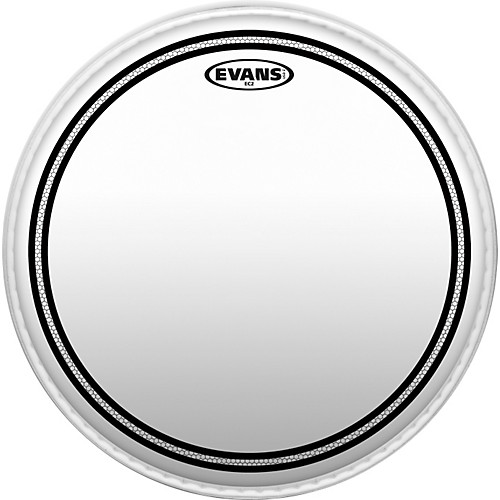
Evans EC2 SST Clear Batter Drumhead
There’s a synergy between heads and shells that defies explanation, lying somewhere between black magic and voodoo. Unless you have the budget of a super-successful pop act, the recording studio is probably not the time or place to start swapping heads to find out which ones are best for your particular kit. You don’t necessarily need to buy new sets of different heads for the entire kit, but pick a mid-size tom and try a few options.
Clear Ambassadors or Diplomats seem to consistently work well for the bottom heads on toms, and likely suspects for the top heads include Evans EC2, coated Ambassadors or Emperors, or Remo Pinstripes if you want fewer overtones. Generally, the heavier (multi-ply) heads tend to sustain less and last longer.
Thinner (single-ply) heads are more sensitive and produce a bright response with a lot of overtones. When changing heads, some drummers lightly rub a common candle or paste wax on the bearing edge to help the heads vibrate.
The type of resonant head on a bass drum seems to be less critical than that on a tom — especially if you wind up stuffing a blanket inside. A hole in the front head helps tremendously to position a mike in front of the kick. Personally, I’d suggest cutting a hole or getting a ported front head as opposed to removing it, but keep in mind that many engineers can get great kick sounds with the front head removed.
Living on the other side of our kick drum is your bass drum pedal. Make sure it’s well lubricated and doesn’t squeak. If you’re attached to that vintage Speed King, you may want to consider another option. You’ll need an exorcist to get rid of the squeak, and it will be heard on the recording (listen to any Led Zeppelin recording for proof). Don’t ignore the hi-hat pedal. It’s amazing how many good hi-hats stands make a ton of noise, at least until they’re broken in.
Muffled?
Most drum manufacturers stopped installing mufflers on snare drums a long time ago. There were probably two main reasons for this trend: First, an internal muffler’s usefulness is limited, because applying upward pressure against the batter head changes the fundamental motion of the head.
When you hit the head with a stick, the entire head should move downward, much like someone landing on a trampoline. Placing a muffler against the underside of the head compromises the natural motion (and resonance) of the head.
The second reason mufflers fell out of favor is that they make a racket. The easy solution is to simply remove them. Place the muffler along with the original mounting hardware and a packet of desiccant in a plastic zip-lock bag and store it all in a safe place; this is especially important if it’s a vintage kit. You don’t want to do anything to a vintage drum that can’t be easily undone and therefore possibly ruin its value.
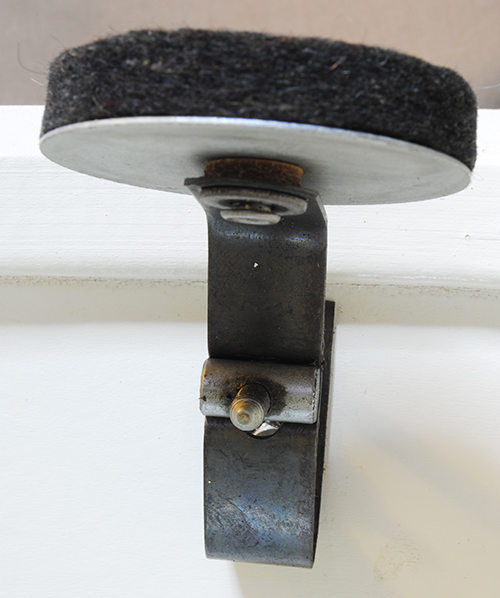
FIG. 8 – Muffler with extra space where the rivet passes through the support arm.
What if the muffler can’t be removed? Some of those great vintage kits have mufflers that rattle more than a snake in the Southern Arizona Desert sun. Fig. 8 shows one of the mufflers in a late-1960s Ludwig Keystone badge floor tom. The owner of this kit bought it for recording. The drums sound great, but all of the toms had nasty rattles that made them unusable for recording — and they have mufflers for top and bottom heads.
Initially we thought we’d just remove the mufflers, but the threaded shaft attached to the round control knob has flattened threads at the end, preventing the shaft from backing out of the retaining nut. As a result, removing the mufflers without ruining them (and thus the vintage value of the kit) was off the table.
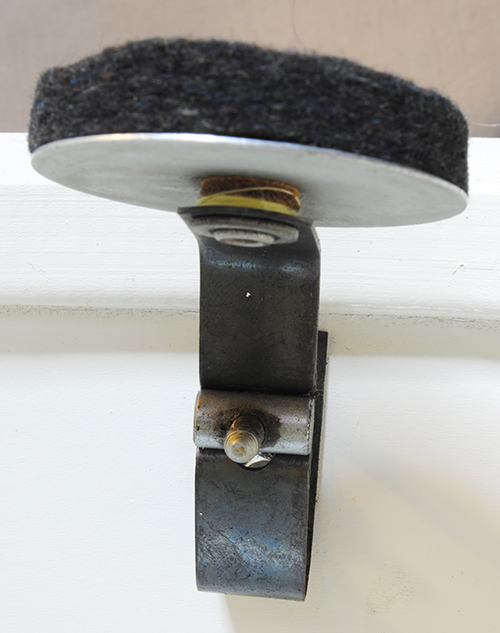
FIG. 9 – The same muffler as shown in Fig. 8. The space is now filled using common sewing thread, making the muffler quiet.
A closer look and listen revealed that the parts that were actually causing the rattle are the flat support arm and the rivet that holds the washer/felt in place. There’s a small cork washer between the support arm and the muffler pad, but the cork dries out and shrinks over time, resulting in a space between the rivet and support arm.
The solution is so simple, it’s ridiculous: get common sewing thread and wind it into the space between the cork washer and the support arm (Fig. 9). This will tighten up the whole thing and make it quiet. You can always remove the thread later without devaluing the drum.
Give Some Extra Love To Your Snare
Here’s something to remember about your snare drum: the snares are going to buzz when you hit the toms. Get over it. No one is going to hear it in the mix. Don’t attempt to stop the snares from resonating by choking them, because you’ll kill the tone of the snare.
That said, use tape or straps when possible instead of snare cord, but if your throw-off accepts only snare cord, check it for wear and fraying and bring extra cord with you to the session. Certain types of snare cord stretch when new so you may want to change it a few days before the session. Ludwig P4078A snare cord doesn’t seem to stretch as much as other options and is very durable.
Replace broken snare wires, which will rattle and possibly even snap back and puncture the bottom “snare-side” head. Don’t take for granted that the snare-side head is in good condition, either. Check it for wear, dents, small holes, or abrasions where it sits on the bearing edge.
And if you really want to cover your bases, you’ll be surprised by how dramatically a snare drum’s sound can be enlivened by replacing both the snare-side head and snare wires before a session, even if neither is broken. Why skimp on a few bucks for a recording that is going to last forever?
Finally, if you need to control overtones, tape a small piece of felt to the top head or a piece of Moon Gel in an area where your stick won’t hit it. Gaffer’s tape is for people who don’t know how to tune drums.
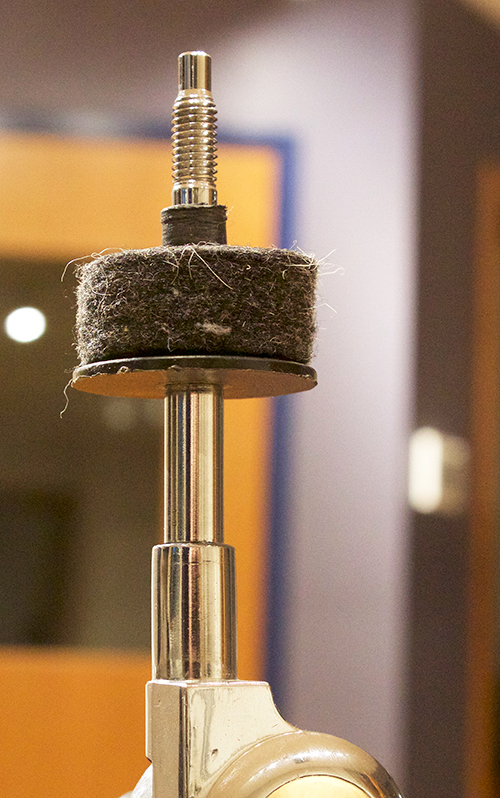
FIG. 10 – Plastic or nylon cymbal sleeves and washers eliminate metal-on-metal contact, protecting the cymbal hole and preventing noise.
Please Don’t Chew On Your Cymbals
Cymbal stands should have sleeves over the posts to prevent rattles from metal-on-metal contact, and also to prevent the post threads from chewing up the hole in your cymbal. A lot of stands come with plastic cup washers or a one-piece cup-washer-and-sleeve, which eliminates this issue (Fig. 10).
If your stand has a metal cup washer and lacks a sleeve, a great solution is Gibraltar’s SC19, which combines the sleeve and a flanged base into one piece of plastic. Of course, make sure you have plenty of cymbal felts to cushion the ride. Surgical tubing is another inexpensive way to “insulate” an exposed post from the cymbal.
Addressing all of these small details before your recording session will help fine-tune your kit and make it easier to dial in a good drum sound. It will also remove some of the stress from the recording process, leaving you to concentrate on the most important aspect: playing.
For further reading on related topics, refer to these articles from Drum Magazine:
http://drummagazine.com/snaring-the-killer-snare-drum-sound/

